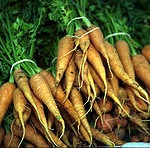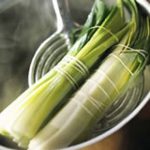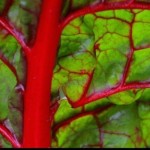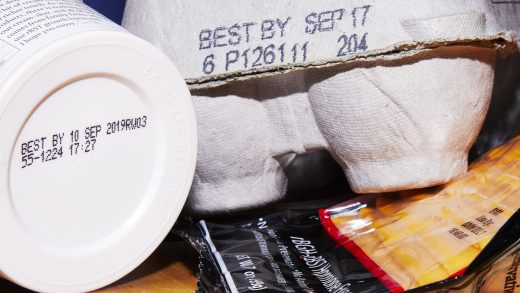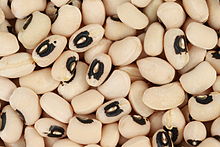The winter always seems long, although this last year’s was pretty warm and mild. That means spring produce is already showing up in the local farmers market and in the grocery store produce aisle. And you should certainly take advantage of it.
Yes, a number of these items are still coming from outside the country. But keep an eye out for these spring goodies.
Asparagus. You’ve probably already seen this in the store. Asparagus can be prepared in many ways and bring a special flavor to your meals, even breakfast. But you should hurry, the season is ending, which means the price will be going up. Don’t be afraid of the thicker stalks. Those skinny whips can be surprisingly tough and stringy. Just be sure to trim off the woody bottoms. They can be steamed, sautéed, baked or blanched. You can put them in salads, omelets, vegetable blends, with or without meat. A little acid before serving will be a revelation.
Baby carrots. We’re not talking about “Baby-style carrots,” which are just bigger carrots cut into small pieces and shaved to look like baby carrots. We’re talking about fresh, young carrots from the garden. You’ll spot these by the green tops still attached. If carrots looked dried out, they are. I’m not saying you should avoid these, but true spring baby carrots have a sweetness you won’t believe without trying them. These are best raw or with just a little light cooking. A few minutes in a steamer are just enough. And those tops are edible on a salad, too.
Spring peas are another treat available at this time of year. Again, there are so many ways to enjoy these. For a real flavor boost, add a touch of mint.
Fava beans have a short spring season and may be hard to find. But if you see them, grab them. They’re easy to cook and have a great taste.
Leeks have two harvest seasons, now in the spring and again in late summer and early autumn. These members of the onion family have a milder flavor than most of their cousins. They also are the national symbol of Wales. These are very good in lots of dishes, especially soups. Combine with potatoes and cream to make a classic soup that can also be served cold. In a pot with some chicken and you’ve got a flavorful Cock-a-leeky. Always remember to wash them very well all the way down to the root.
Salads are going to be more popular now that the weather is warming. Swiss chard, with it’s bright red stems and veins, is a great base for a salad or in dishes where you would use spinach. Just remember to remove the stems if eaten raw.
On the fruit side of the fence, there’s oranges from California, grapefruit from Florida, Kiwi from Australia and New Zealand. Even grapes from Chili can be better at this time of year, the end of their summer, than they are during the winter months.
Strawberries are especially plentiful this time of year. Not only do they pack more vitamin C than an orange, but they contain malic acid which can help whiten your teeth.
Limes. These little, green fruits are packed with fiber and vitamin C. Use them where ever you would use a lemon. A squeeze of juice can brighten a salad, soup or fish.
Guava. If you’re feeling adventurous, these tropical fruits with pink flesh can add a new dimension to your fruit salad. They are rich in nutrients, but may not be common in your local area.
Make like a bunny and hop over to the market for some of these spring treats while they last.

